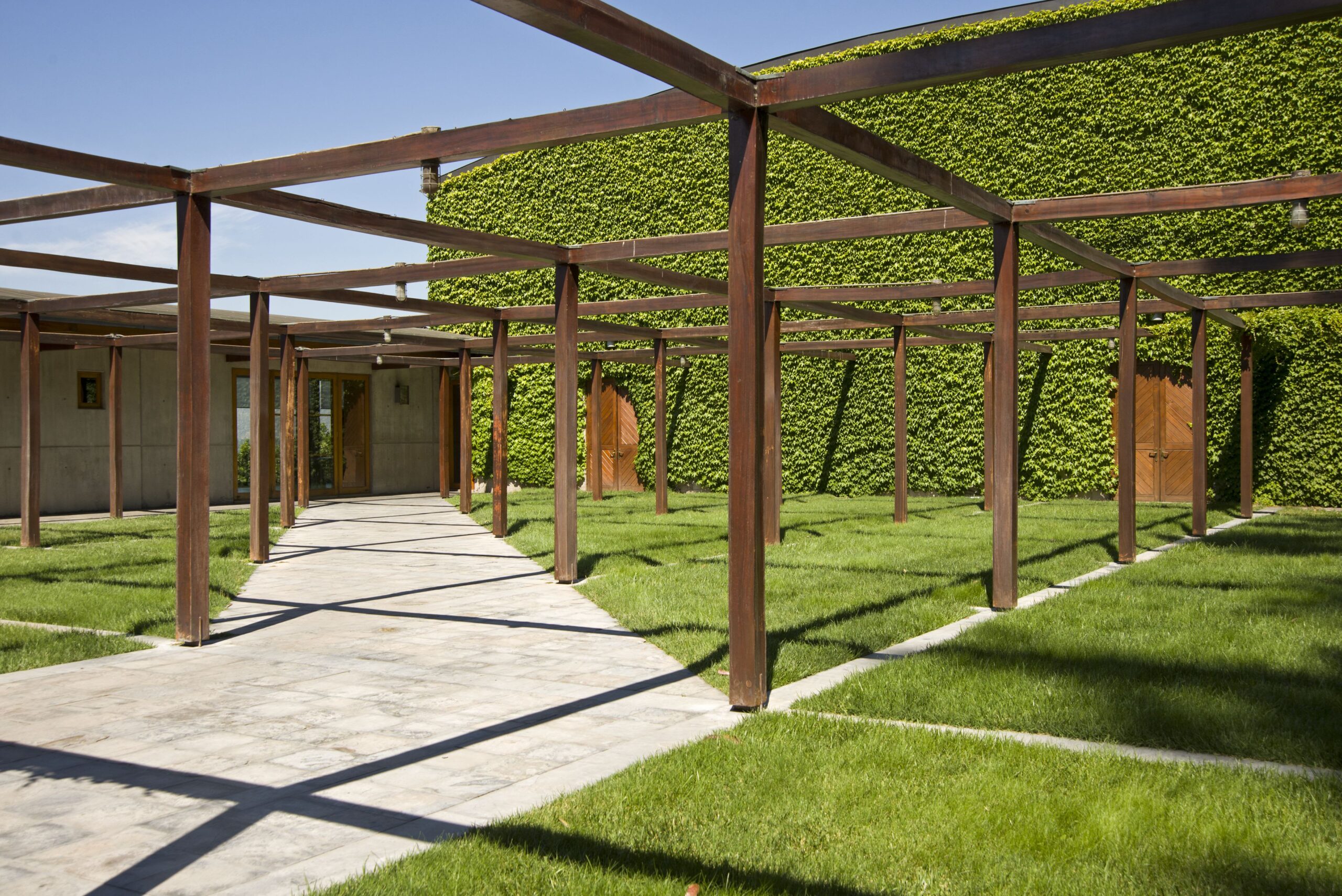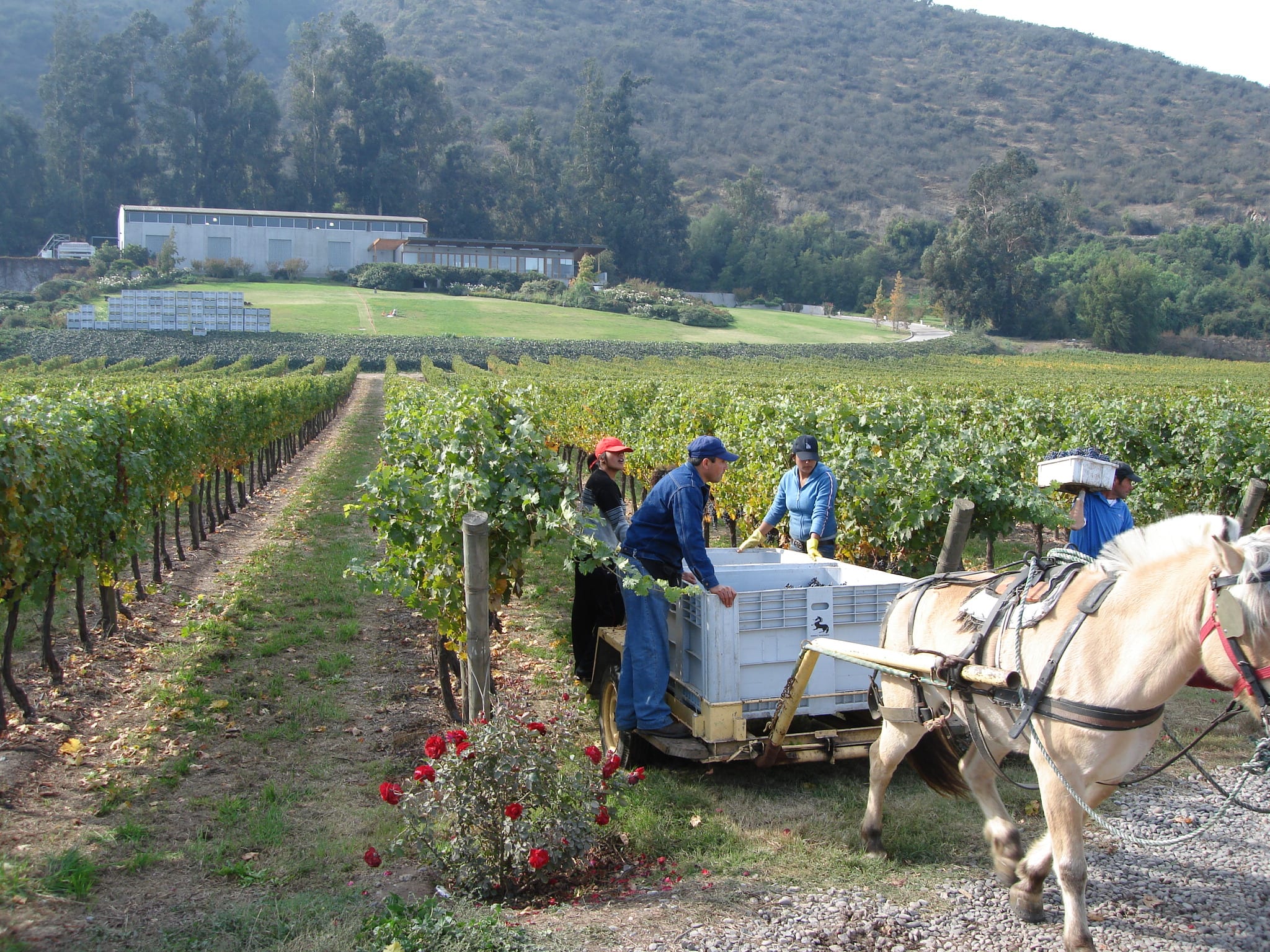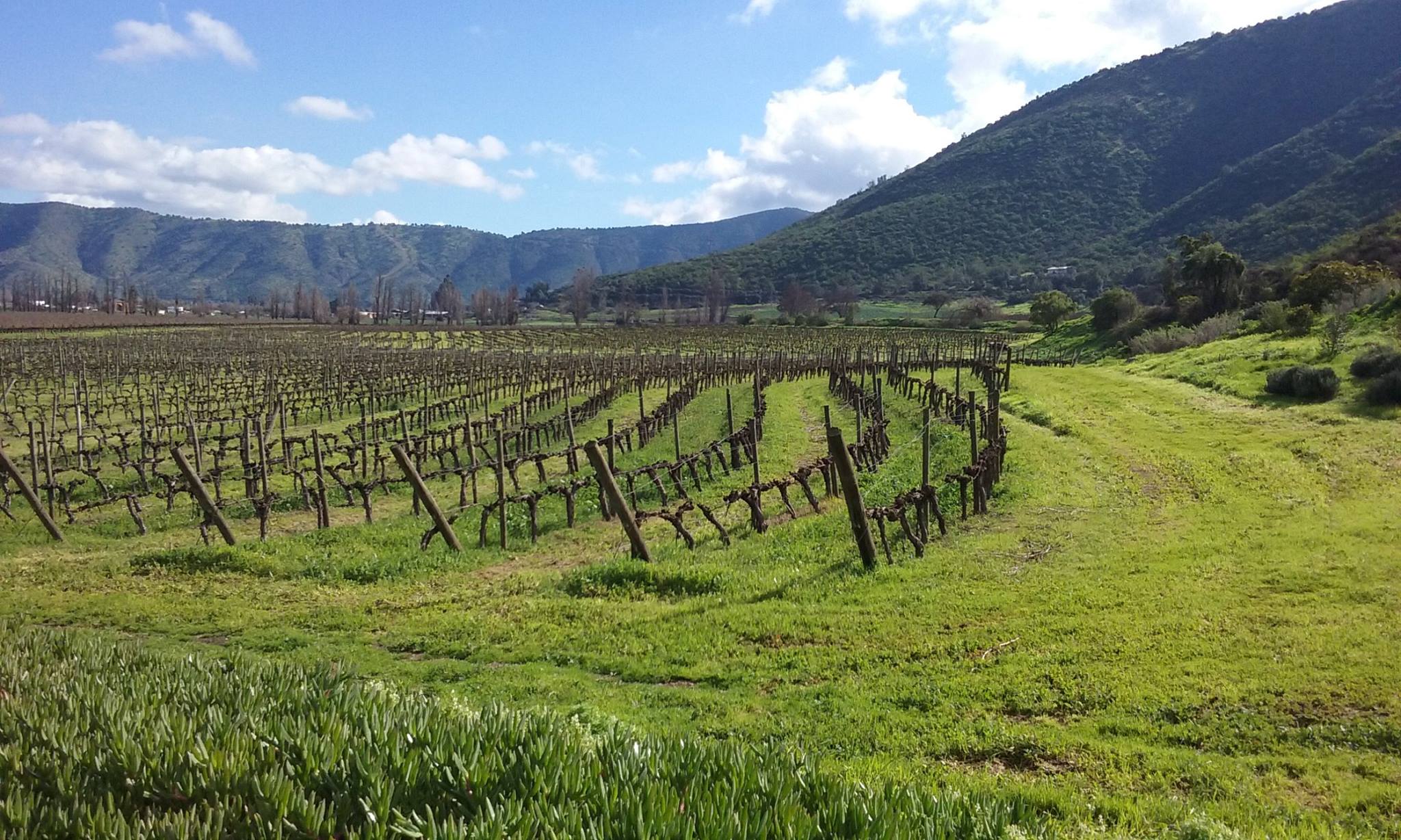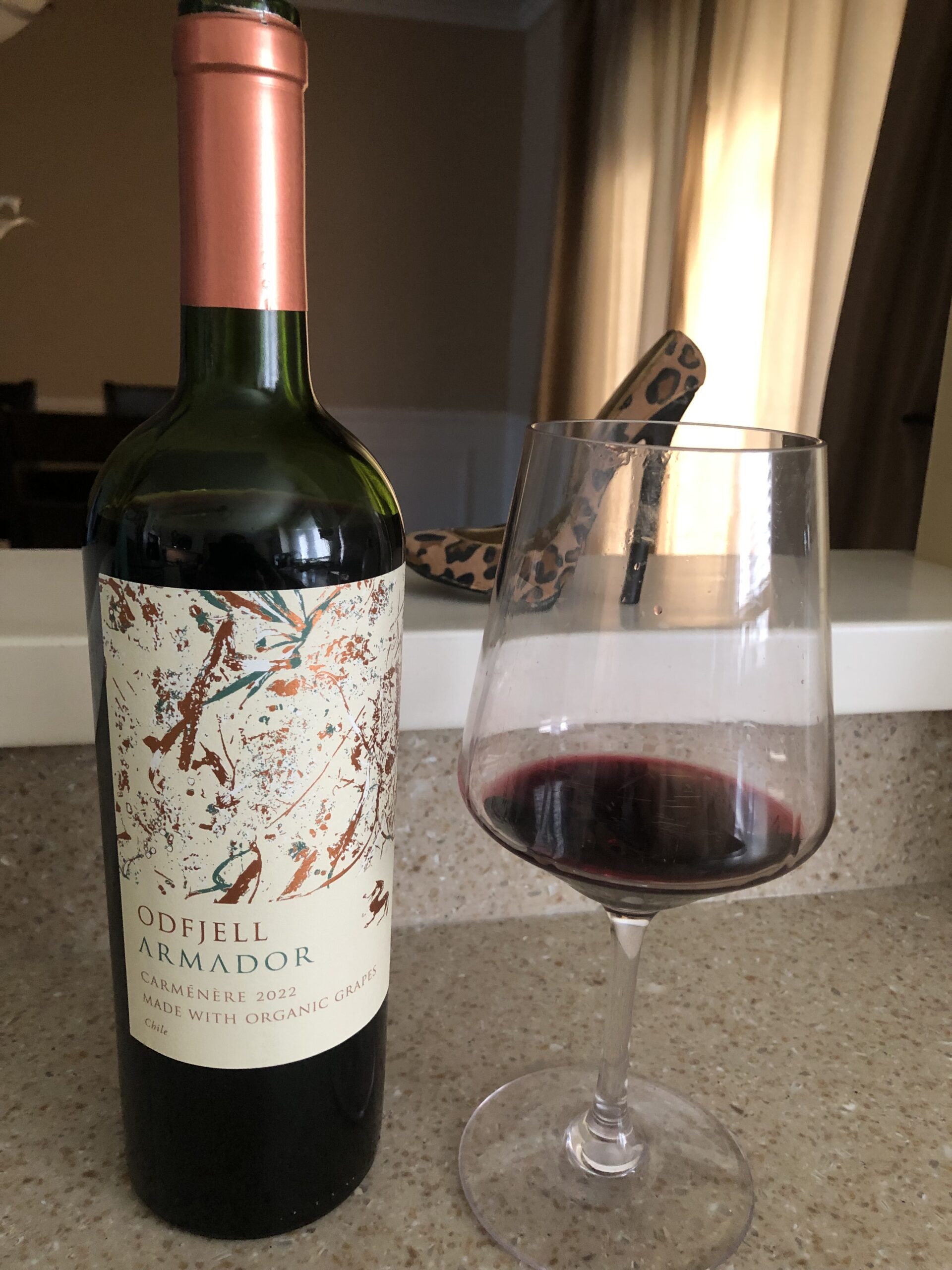This post was fun to construct because I am a big fan of Carménère wine from Chile, South America, but it is hard to find in Central NY wine shops. As with most exported wines, especially those from fairly unknown wine regions in the world, there are few options available in the shops. Of those available, many are cheaper, lower quality, and highly commercial wines or carry a huge price tag for an everyday wine. Sure, you can find options online, but the shipping costs can be exorbitant, and because I’m old school, I like to handle the bottle and read the wine label.
In my search, I grabbed a nicely priced bottle around $18 (great value) at Vine & Barrel in Camillus, NY after scanning the bottle label with my “Delectable” app and read the reviews and info. I highly recommend downloading this app for your wine shopping needs.

When I opened the bottle and poured, I was surprised by the intense purple color. When I smelled the wine, I received a strong aroma of spicy peppers and clove. When I tasted the wine, I fell in love with the ripe fruit and low tannins. I was so impressed that I decided to make it my featured wine of the week – “Odfjell Armador Carménère 2022”, which will be discussed in detail. It is widely grown and produced in Chile’s Maipo Valley and Maule Valley. In addition, the story behind the wine is very intriguing.
Carménère (“car-men-nair”) is a medium-bodied red wine that originated in Bordeaux, France, where it is called “Cot”. It is considered to be the unofficial grape of Chile because, with few exceptions, it is not grown anywhere else in the world, except in Bordeaux blends and other blends. The wine is admired for its supple red-and-black berry flavors and herbaceous green peppercorn notes. Carménère is very similar in body and texture to classic Merlot. Similar wines – Carignan, Sangiovese, Valpolicella, and Cabernet Franc.
Here are some fun facts about Carménère –
- Carménère is a half-sibling of Merlot and Cabernet Sauvignon, and its parent is Cabernet Franc.
- Carménère is a very slow ripening grape, and is often the last one picked during harvest, about 4-5 weeks after Merlot.
- Carménère was first brought to Chile in the mid 1800s and was thought to be Merlot until 1994.
- Carménère is nearly extinct in its homeland, France, but is the 5th most important grape of Chile.
- Carménère has possibly been around since Roman times.
- Expect to pay between $18-$20 for a good Carménère and $35-$40 for a higher quality Carménère. The one featured here is in the lower price range, but in my humble opinion, drinks like a premier or reserve Carmenere.
The majority of Carménère hails from within the Central Valley of Chile. This is the largest wine-producing zone in Chile, and it contains several regions to know. Chile’s central valleys, sheltered by the coastal ranges, and in some parts climbing the eastern slopes of the Andes, remain relatively warm and dry. The conditions are ideal for producing concentrated, full-bodied, aromatic reds rich in black and red fruits.
Maipo Valley is the northernmost region of the Central Valley Region. Quality Carménère from this area is somewhat lighter with floral notes of cherry, hibiscus, and rose with a subtle granite-like minerality. These more refined and elegant aromas come from altitude but also cooling influences from the Andes.
Maule Valley is the southernmost area in the middle of the region and is also the oldest. Chile’s first vines were planted here in the late 16th century: Look for Cabernet Franc, spicy herbaceous Cabernet Sauvignon and Carignan from here.
FOOD PAIRING
The moderate tannin structure and fresh acidity in Carménère make it an easy red to pair. Leaner grilled meats with savory sauces like Chimichurri, green salsas, mint, or pesto will complement the herbal qualities of the wine and make it taste fruitier. The signature dish of grilled beef with chimichurri is a great match for the wine, in general. I would love to try it with my Hungarian family’s Traditional Stuffed Green Peppers and “pigs in the blanket”. Carménère will even do well alongside darker white meats, including turkey and duck. Pinto and white bean soup is a great pair for vegetarians.
Other pairings – Goat Cheese, Mozzarella, Pepper Jack, Feta Cheese, Roasted/Stuffed Peppers, Garlic, Thyme, Beans, Lentils, Peppercorns, Red Chili’s.


WINE OF THE WEEK – Odfjell Armador Carménère 2022
The producer, Odfjell, has 210 acres of 100% organic and biodynamically farmed vineyards in Chile’s Maipo Valley. Odfjell was a former Norwegian shipmaker. Norwegian horses control weeds, provide better soil drainage, transport grapes during harvest without compacting the soil, and are used for pediatric hippotherapy. The winery was the first in South America to employ a gravity-flow system to ensure the gentle handling of the fruit throughout the winemaking process. Pretty cool story!
This delicious Carmenère is made with Odfjell’s best organic grapes, grown both in Padre Hurtado and Maule Valley. Respecting the typicity of the variety, its fruits were harvested early to allow for more freshness and acidity. A wine that shows the best of the two valleys – Maipo Valley lends minerality, Maule Valley contributes with the balsamic notes and the lushness that give life to this special Carmenère.

Alluring purple color with aromas of dark fruits, licorice as well as hints of spice notes such as black pepper, green pepper, cloves, and jalapenos. The palate is medium-long and refreshing with ripe fruit flavors and soft tannins. Composition – 89% Carmenère, 7% Syrah, 4% Cabernet Sauvignon and alcohol at 13.5%, which is on the lower side for Carmenère and Chilean reds.
Cheers,
Michael

